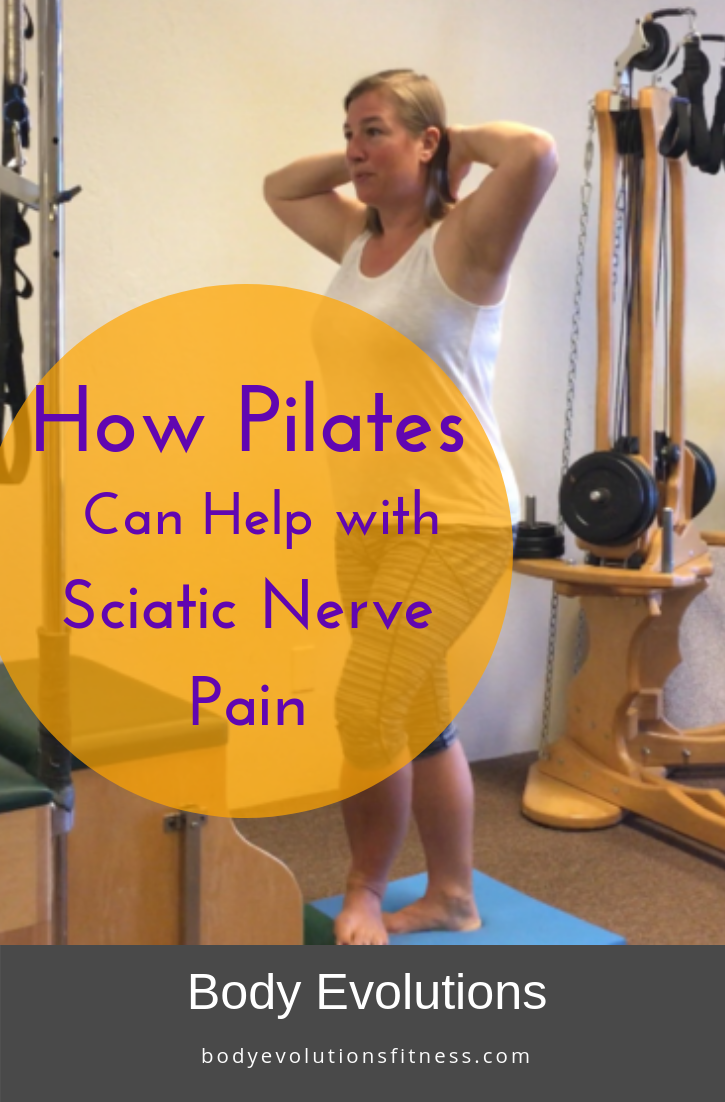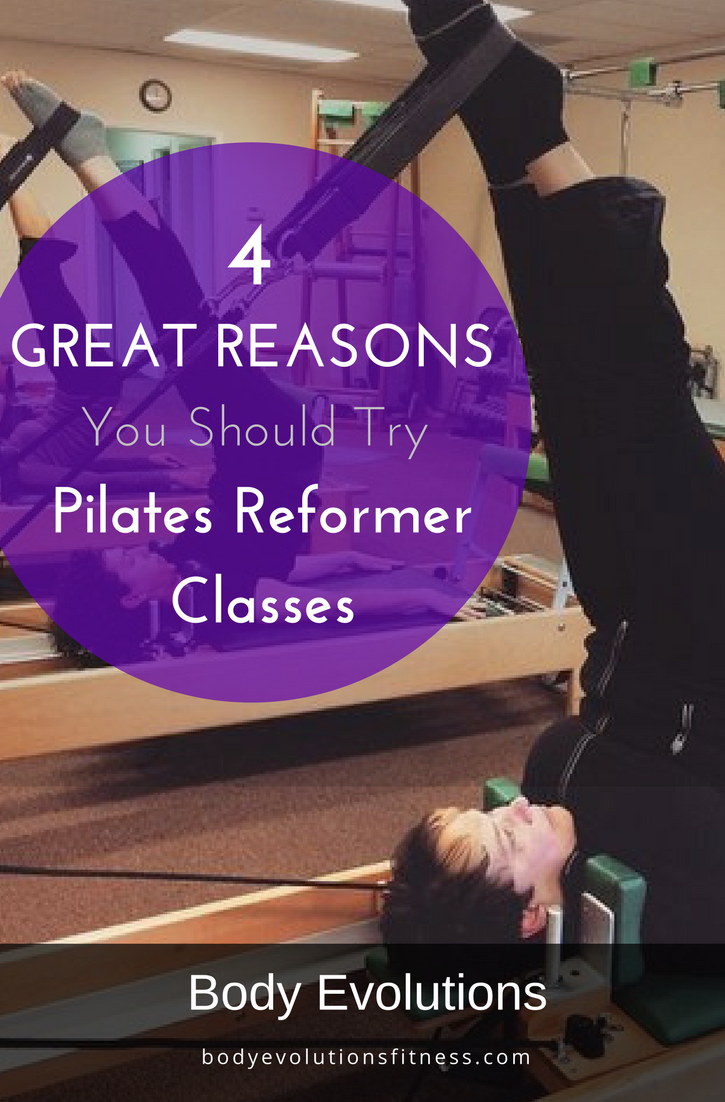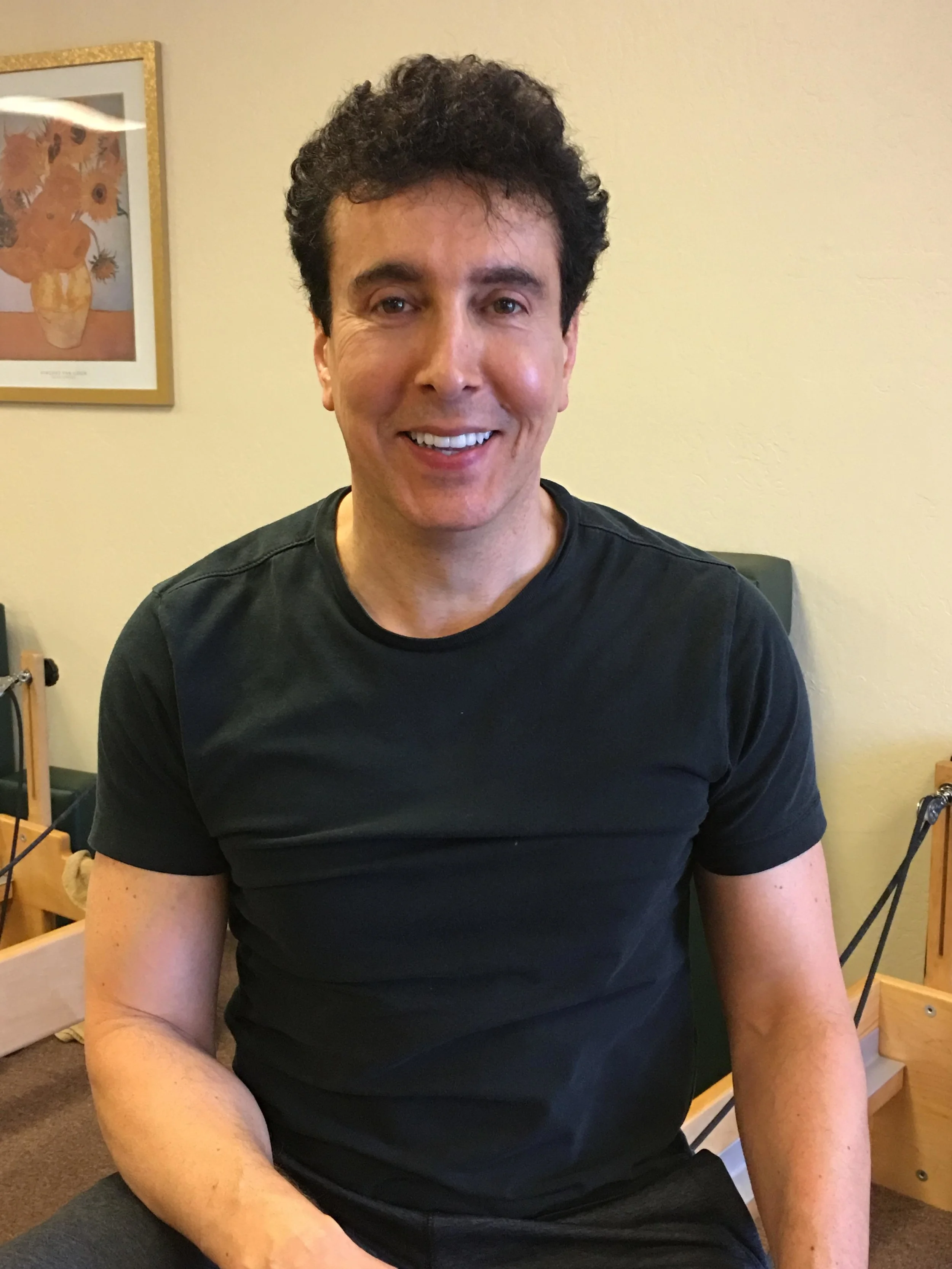These methods of exercise are safe enough to be recommended by chiropractors, physical therapists and orthopedic specialists.
Sciatic nerve pain can appear to come out of nowhere. One minute you’re just walking around minding your own business and the next minute you have pain running down your backside. This happened to me twenty-two years ago when I was pregnant with my first child. My husband and I were walking through the mall when suddenly my glutes (butt), hamstrings and calf muscles of one side of my body began to tighten up and I felt as if I had done the mother of all workouts on one hip and leg. I could feel the muscles tensing up making it difficult to walk and I had to stop every few steps because the pain seemed to intensify.
After that first incident the feeling alternated between the mother of all workouts and a sharp pain running down my backside. If sciatica pain is painful, sciatica and pregnancy, well, let’s just say that it’s a miserable combination. Has this ever happened to you? I’m guessing yes, otherwise you wouldn’t be reading this blog.
A few things you may not know about sciatica:
Sciatica is the name given to pain caused by irritation of the sciatic nerve; therefore, sciatica is not a condition; it is a symptom.
The sciatic nerve is the single longest and widest nerve in the human body.
The sciatic nerve begins from nerve roots in the spinal cord in the low back and extends through the buttock area to send nerve endings down the lower limb.
Sciatica typically only affects one side of the body.
The most common cause of sciatica is herniated disk. Other terms used to refer to a herniated disc: a slipped disc, ruptured disc, protruding disc or a pinched nerve.
Sciatica symptoms include pain that people typically feel from the low back to behind the thigh which can then radiate down below the knee.
One of the most common first complaints of those with sciatic nerve pain, is pain in the lower back. Eventually, they may notice numbness in their rear or leg.
The medical term for sciatica is lumbar radiculopathy and refers to disease involving the lumbar spinal nerve root, typically caused by a compression of the spinal nerve root.
What causes sciatic nerve pain?
Sciatica is most common when a disc is slipped or herniated, there is a narrowing of the spine (spinal stenosis), or a bone spur is present, and it compresses part of the nerve. These are some causes of sciatic nerve pain, but not all.
Age
As we get older our bodies begin to show signs of wear and tear. This age-related degeneration can create changes in the spine, such as herniated disk, and spinal stenosis. Arthritic changes in the spine, such as bone spurs, also increases the risk for sciatica as we age. Although, not necessarily age-related isthmic spondylolisthesis and sacroiliac joint dysfunction can also contribute to sciatica and the resulting sciatic nerve pain.
Obesity
Aside from taxing the cardiovascular system, being overweight also increases stress on the joints, including the spine. This stress can lead to compression of the spine which can damage the discs contributing to a slipped disc, aka disc herniation, increasing the risk for sciatic nerve pain.
Sedentary Lifestyle
A sedentary lifestyle includes driving for long periods, sitting in front of a computer, or just sitting on the couch watching tv for hours on end. People who sit for long periods or lead sedentary lifestyles have a greater propensity of developing sciatica then their active lifestyle counterparts due to the weakening of the muscles which can lead to poor posture . Another reason is that sitting for prolonged periods compresses the spine and vertebrae increasing the risk of herniating a disk or piriformis syndrome.
Occupation
Jobs that require you to carry heavy loads, do repetivie movments, sit for prolonged periods, or use the body asymmetrically can create muscle imbalances and misalignments which can lead to sciatica pain.
Diabetes
People with diabetes are susceptible to nerve damage because of the way the body uses blood sugar, increasing the risk of experiencing sciatic nerve pain.
Pregnant Women
Hormonal changes and the baby’s position in the mother’s body increases the risk of a pregnant woman experiencing sciatica.
Symptoms of Sciatica
Prevention
It's not always possible to prevent sciatica, but practicing a few good habits can play a key role in protecting your back:
Exercise regularly. Exercise in general is good, but Pilates is excellent in helping bring balance to the muscles of the back, hips, and abdominal muscles to realign the body. Functional exercise improves posture, and good body mechanics, which are important to keep your back strong and healthy and reducing the risk of sciatica.
Maintain good posture when you sit. Choose a chair with good lower back support, armrests and a swivel base. Keep your knees and hips level and take lots of breaks to stand, stretch and move around. Practicing Pilates table top to strengthen your core will help improve your sitting posture.
Use good body mechanics. If you stand for extended periods, rest one foot on a low stool or box from time to time. Pay special attention that your hips stay level when doing this. When lifting heavy objects, bend at the hips and knees making sure to keeping your spine straight and your abdominal muscles pulled in. Always hold the load close to your body and avoid lifting and twisting at the same time. A good Pilates session will teach proper body mechanics to support the body in sitting, standing, and walking.
Home Pilates Exercises for Sciatica
Being a Pilates instructor I’ve worked with many people who have suffered from sciatic pain and have witnessed first-hand the incredible healing power of Pilates. It’s important to understand that the symptoms of sciatica are usually a result of age, obesity, sedentary lifestyle, occupation, diabetes, or pregnancy. Making healthy lifestyle changes in diet and exercise can help alleviate or eliminate the pain caused by sciatica.
As with any injury, it’s important to first discuss your exercise program with your primary care physician before starting to make sure it’s safe for you to workout. Then work with a qualified Pilates instructor who can create a Pilates exercise program that is safe to do at home.
Quadruped – cat/cow
Quadruped – arm/leg reach
Supine pelvic rocking
Supine - femur circles single leg
Supine – dead bug
Supine – bridging exercises
Side-lying – clams
Prone – swan
A typical Pilates for sciatica program will include modified exercises that can be built upon as you feel better and get stronger.
Long recognized by the dance community for their fitness and rehabilitative benefits, Pilates and GYROTONIC® exercise are safe enough to be recommended by chiropractors, physical therapists and orthopedic specialists as an effective part of their patients' recovery programs. In addition, Pilates and GYROTONIC® are the rehabilitation method of choice among professional athletes and coaches.
As both a rehabilitation and wellness program, Pilates and GYROTONIC® therapeutic exercise provide a valuable complement to Physical Therapy, Chiropractic, Massage Therapy and many other therapeutic or physical fitness systems.
Do you or someone you know suffer from back pain or sciatic nerve pain?
Our private training in the Pilates or GYROTONIC® Methods is an excellent way to strengthen the body and alleviate or relieve pain from sciatica. Our new client intro offers, are a great way to get started, and will give you a better feel for our space, instructors, and teaching.
Don't forget to SHARE this post if you know someone who could benefit from Pilates to help with sciatic nerve pain.












